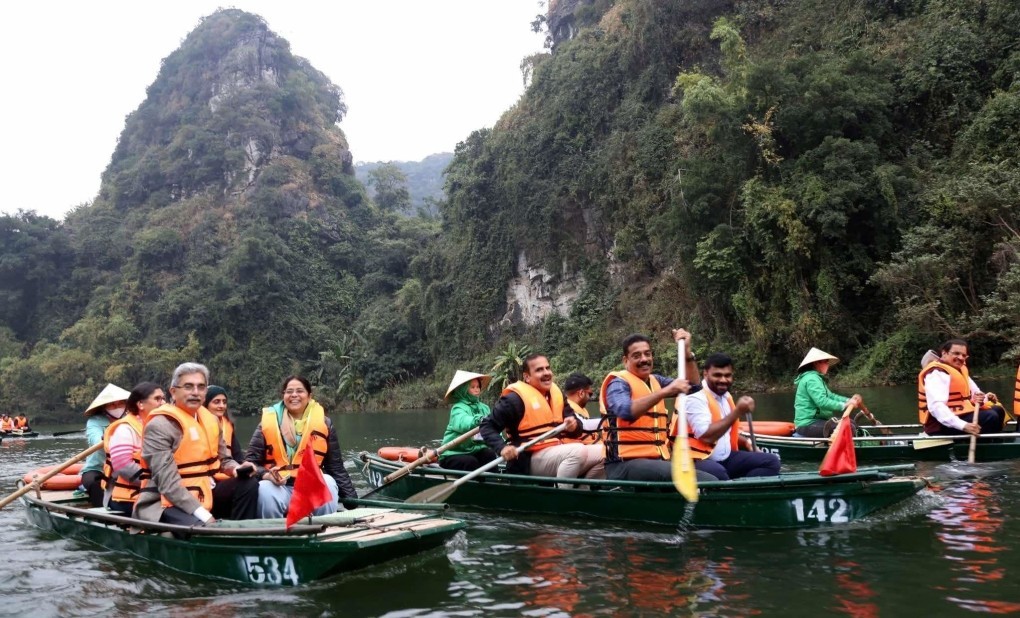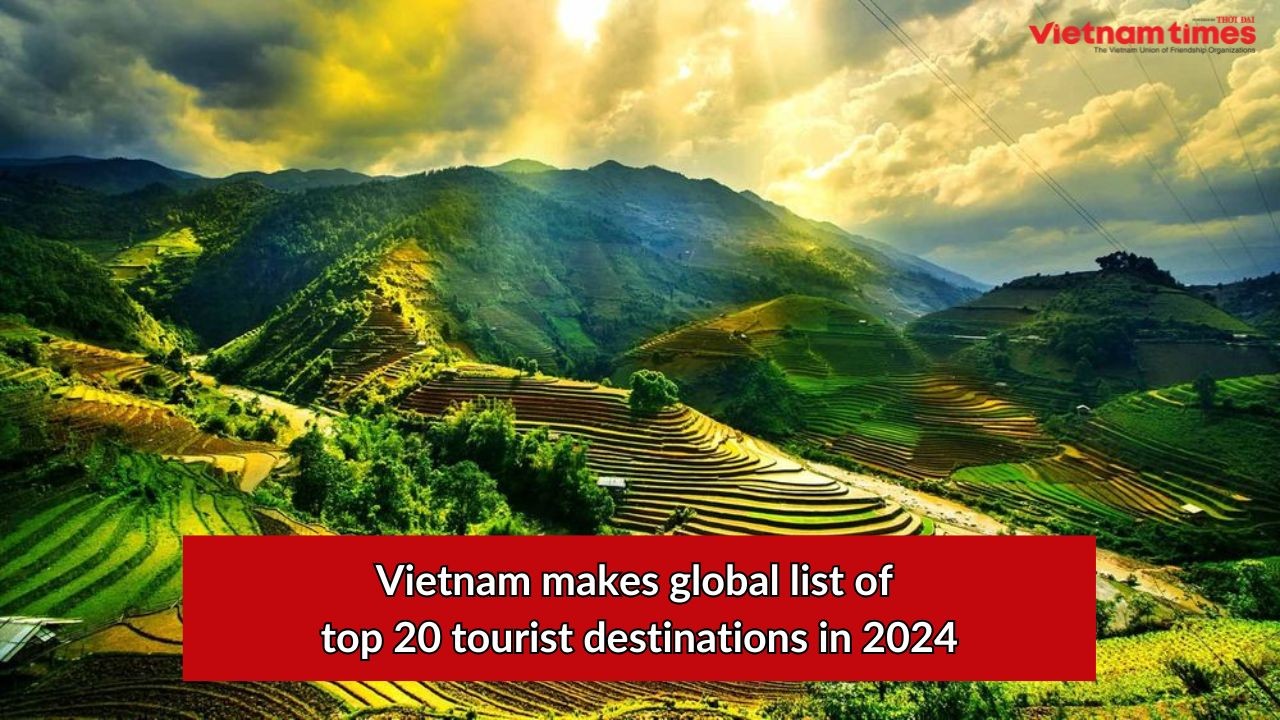Where To Travel: The Most Ideal Tourist Destinaions To Travel In 2022
In a middle of the Covid-19 pandemic, travelling is put off by many people, and many places have been closed in fear of exposion to the virus. A once-simple visa on entry is replaced with piles of paperwork. And the whole world is brushing up on the Greek alphabet whenever a new variant makes headlines. But it does not mean there is no hope for travelling. This year's crop of dream places to visit reflect that mindset -- from national parks to remote islands to lesser visited spots, mindfulness and respect for the Earth are part of the journey, according to CNN. Here are the most ideal and beautiful tourist destinations to visit in 2022.
1. Antigua and Barbuda
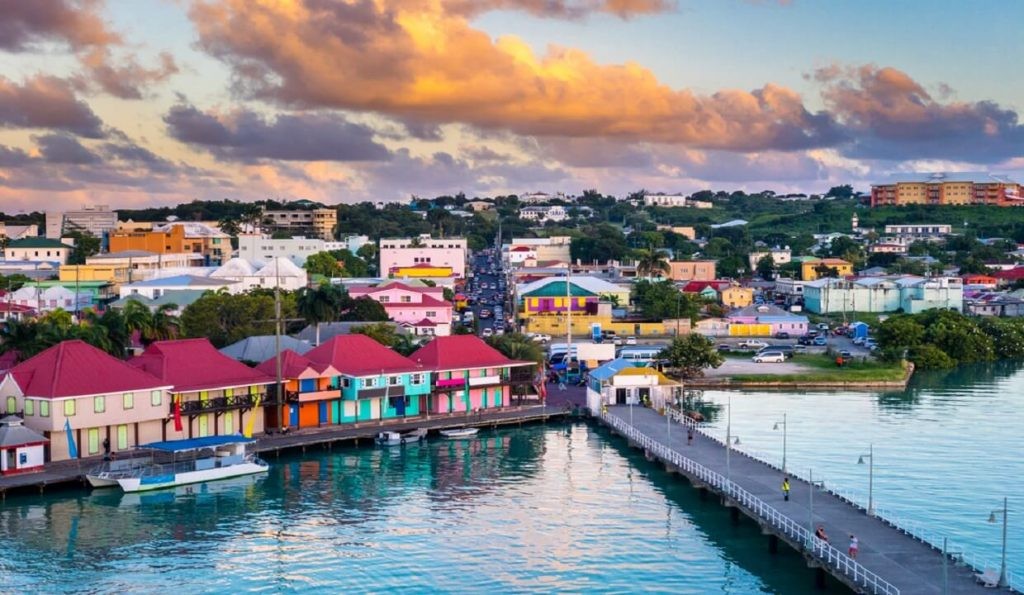 |
| Photo: Odin Land |
Antigua's corrugated coasts cradle hundreds of perfect little coves lapped by beguiling enamel-blue water, while the sheltered bays have provided refuge for everyone from Admiral Nelson to buccaneers and yachties. If you can tear yourself away from that towel, you'll discover that there’s a distinct English accent to this island. You'll find it in the bustling capital of St John's, in salty-glamorous English Harbour, and in the historical forts and other vestiges of the colonial past. Yet, Antigua is also quintessential Caribbean, full of candy-colored villages, a rum-infused mellowness and engaging locals who'll greet you with wide smiles.
Antigua's smaller sister island Barbuda was devastated by Hurricane Maria in 2017 and is still busy rebuilding, though its extraordinary beaches were unaffected, meaning that travelers wanting to lounge on white sand, snorkel around pristine reefs and watch the famous frigate birds nesting should not hesitate to make the journey here, according to Lonely Planet.
2. Lanai, Hawaii
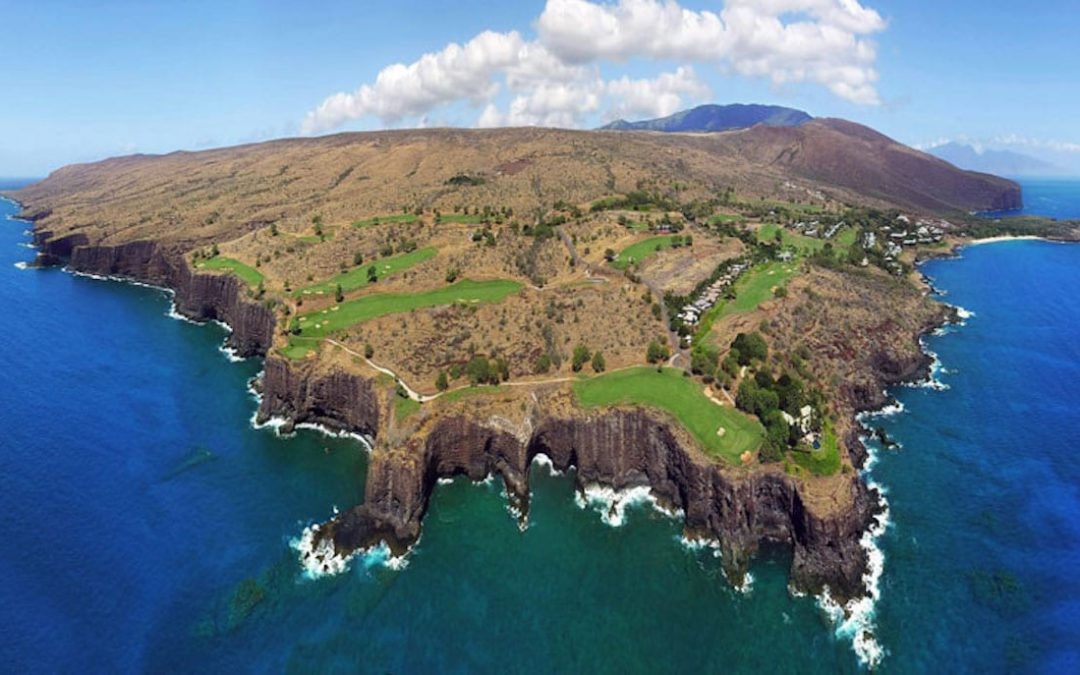 |
| Photo: Hawaii Ocean Project |
When billionaires are fighting over something, you know it's special. That's the case with Hawaii's most exclusive island, Lanai. Microsoft co-founder, Bill Gates, has been trying to lay his hands on some Lanai real estate for some time. Larry Ellison, the founder of Oracle, took control of 97 percent of Lanai in 2012. But don't let this clash of titans stop you from visiting.
Here is where Mother Nature puts on quite a show, providing remote beaches, otherworldly rock formations, and colorful underwater reefs. You'll probably need an off-roading vehicle and a taste for adventure to reach them – top sights like Shipwreck Beach and the Munro Trail are literally off the beaten (or paved) paths. Cool down from exploring the terrain at one of the area's posh hotels where you can expect to luxuriate in exceptional cuisine, first-class service, and upscale accommodations. Should you crave more activity, you can try your hand at deep-sea fishing, horseback riding, lawn bowling, and more. With all this, how can you resist the coveted charms of tiny Lanai?
The best time to visit Lanai is between June and November, the region's warmest and driest months. However, thanks to the island's trade winds, temperatures remain comfortable year-round, with highs hovering in the mid-70s and lows lingering in the mid-60s. What's more, since the island sees the least amount of precipitation (around 37 inches annually) of all the Hawaiian islands, rain is rarely a threat. If you've come to Lanai for the whale-watching season, you'll want to plan your trip between January and April – peak whale-watching months. The season technically begins in December and ends in May. Keep in mind: Winter is the most popular time to visit Hawaii, so you'll likely encounter high airfare and accommodation rates.
3. Bissagos Islands
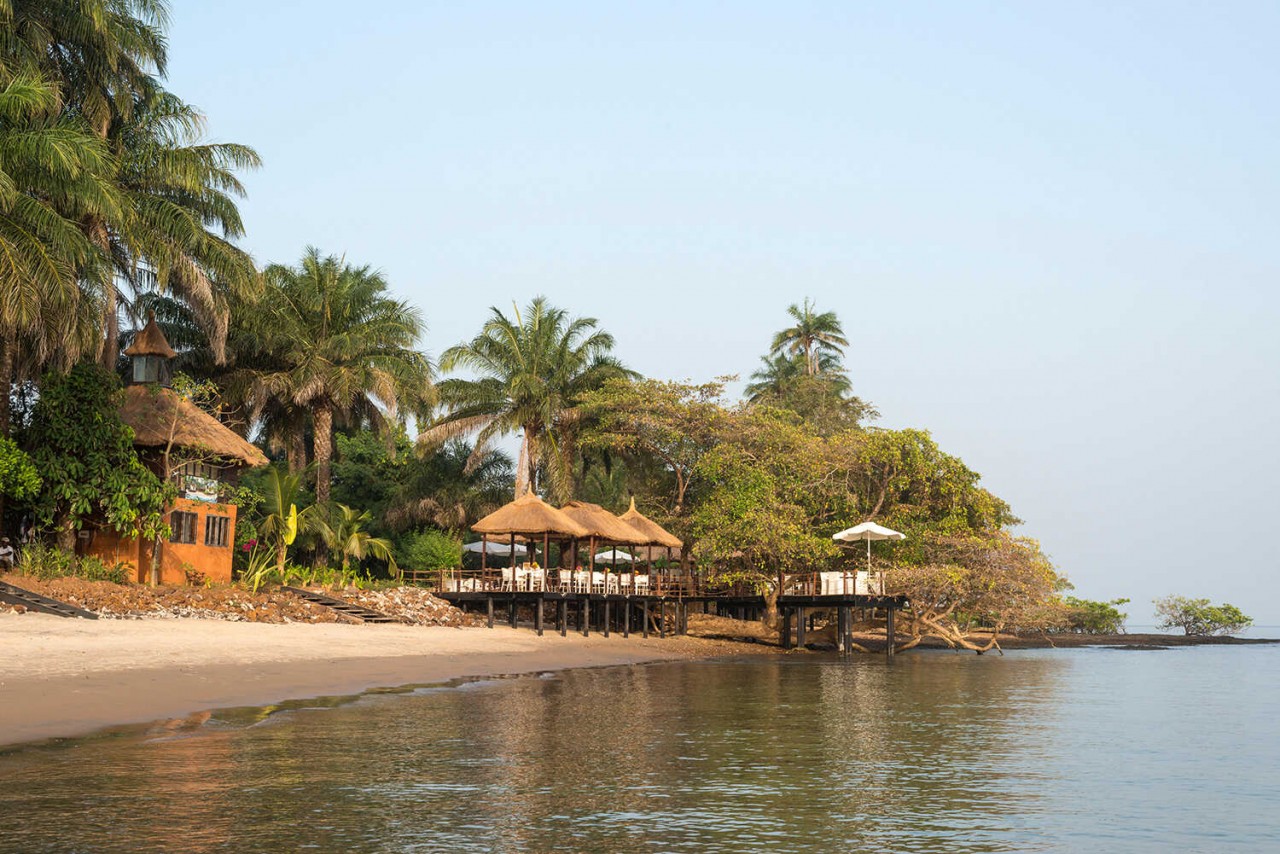 |
| Photo: Culture Trip |
The Bissagos Islands, also spelled Bijagós, are a group of about 88 islands and islets located in the Atlantic Ocean off the coast of Guinea-Bissau. The archipelago was formed from the ancient delta of the Geba and Grande de Buba rivers and spans an area of 12,958 km2 (5,003 sq mi). 20 of its islands are populated year-round, including the most populated island, Bubaque, where the administrative capital is situated.
There is a high diversity of ecosystems: mangroves with intertidal zones, palm forests, dry and semi-dry forests, secondary and degraded forests, coastal savanna, sandbank, and aquatic zones. The archipelago was declared a UNESCO Biosphere Reserve in 1996.
Due to difficulties of communication with mainland Guinea-Bissau that persist to this day, the population has a considerable degree of autonomy and has shielded its ancestral culture from outside influence. The Bijago language is spoken along with Portuguese and creole.
Some authors argue that Bijago culture tends to be matriarchal, with women managing the household, the economy, law, as well as initiating courtship (women choose their husbands and terminate the matrimony). Other sources dispute this and suggest that closer examination has revealed a fundamentally patriarchal society where women, in spite of their substantial participation in material production and important roles in social, political, and religious matters, remain essentially unequal to men. A 2016 study suggested that female status in Bijagos society was diminished during the slave trade era but has become more valued again in more recent times.
4. Cape Breton, Nova Scotia, Canada
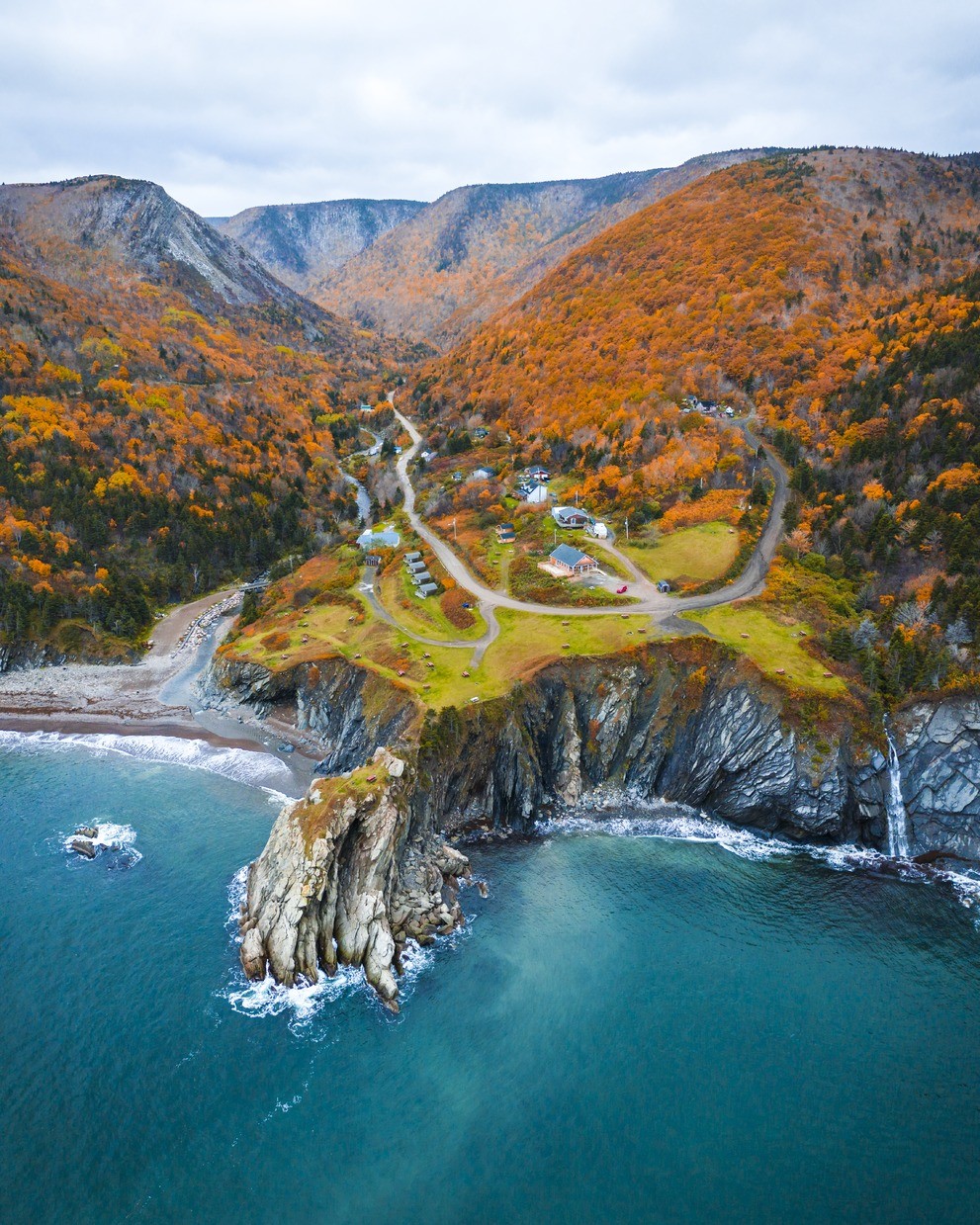 |
| Photo: Nova Scotia Tourism |
With rustic forest, scenic valleys and imposing highlands, Cape Breton in Nova Scotia boasts some of the most stunning scenery in North America. And while the dramatic landscape will wow travelers who visit the island, there is more to this picturesque area than meandering drives through the countryside. Between the world-class golf courses, whale-watching excursions, rich Gaelic heritage and storied history, there is much to explore on Cape Breton.
While the frequent rain showers are responsible for the island’s stunning natural landscape, they also make planning a vacation somewhat difficult. The best time to travel to Cape Breton is during the summer months of July and August when the weather is warmest and drier – but always come prepared for a rain shower. The stunning autumn colors and changing foliage draw leaf peepers in droves, but travelers who visit in September and October should wrap up warm. The winters on the island are bitter and harsh and many of the tourist attractions close during the off-season.
5. Chile
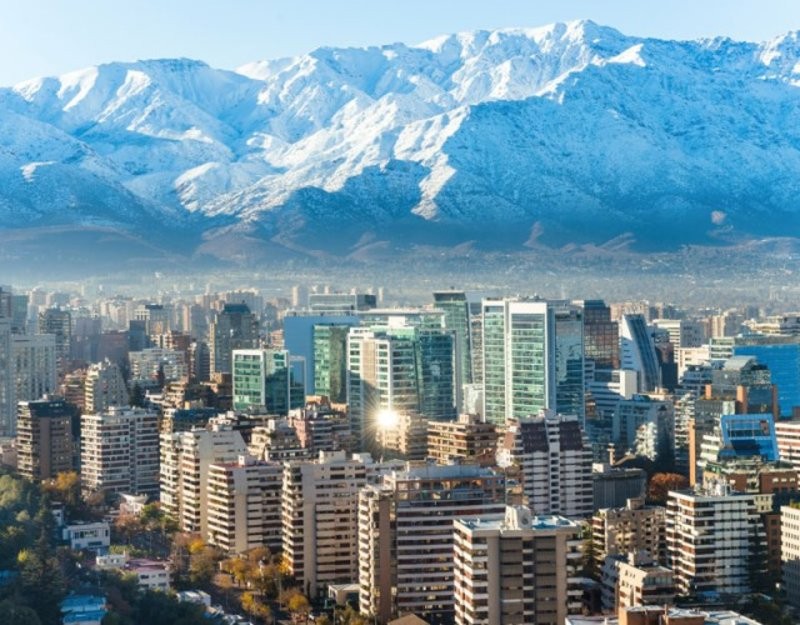 |
| Photo: Shutterstock |
Chile is nature on a colossal scale, but travel here is surprisingly easy, if you don't rush it. Preposterously thin and unreasonably long, Chile stretches from the belly of South America to its foot, reaching from the driest desert on earth to vast southern glacial fields. Diverse landscapes unfurl over a 4300km stretch: parched dunes, fertile valleys, volcanoes, ancient forests, massive glaciers and fjords. There's wonder in every detail and nature on a symphonic scale. For the traveler, it's mind-boggling to find this great wilderness so intact. The human quest for development could imperil these treasures sooner than we think. Yet for now, Chile guards some of the most pristine parts of our planet, and they shouldn't be missed.
In Chile, adventure is what happens on the way to having an adventure. Pedal the chunky gravel of the Carretera Austral and end up sharing a ferry with SUVs and oxcarts, or take a wrong turn and find heaven in an anonymous orchard. Serendipity takes over. Plans may be made, but try being just as open to experience. Locals never rush, so maybe you shouldn’t either. 'Those who hurry waste their time,' is the Patagonian saying that would serve well as a traveler's mantra.
Before wine became an export commodity for the luxury set, humble casks had their place on every Chilean table and grandparents tended backyard orchards. Now Chile has become a worldwide producer catering to ever more sophisticated palates. Rich reds, crisp whites and floral rosés – there is a varietal that speaks to every mood and occasion. But at home, it's different. Chileans embrace the concept of la buena mesa. This is not about fancy. Beyond a good meal, it’s great company, the leisure of overlapping conversations with uncorkings, and the gaze that's met at the clink of two glasses, according to Lonely Planet.
6. Colombo
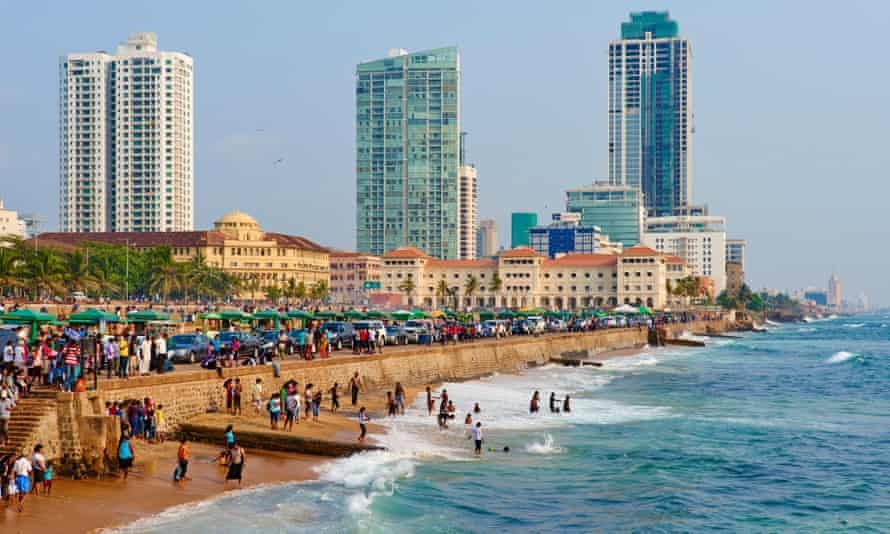 |
| Photo: The Guardian |
Colombo is the commercial capital and largest city of Sri Lanka by population. According to the Brookings Institution, Colombo metropolitan area has a population of 5.6 million, and 752,993 in the Municipality. It is the financial centre of the island and a tourist destination. It is located on the west coast of the island and adjacent to the Greater Colombo area which includes Sri Jayawardenepura Kotte, the legislative capital of Sri Lanka and Dehiwala-Mount Lavinia. Colombo is often referred to as the capital since Sri Jayawardenepura Kotte is itself within the urban/suburban area of Colombo. It is also the administrative capital of the Western Province and the district capital of Colombo District. Colombo is a busy and vibrant city with a mixture of modern life, colonial buildings and monuments.
Due to its large harbour and its strategic position along the East–West sea trade routes, Colombo was known to ancient traders 2,000 years ago. It was made the capital of the island when Sri Lanka was ceded to the British Empire in 1815, and its status as capital was retained when the nation became independent in 1948. In 1978, when administrative functions were moved to Sri Jayawardenepura Kotte, Colombo was designated as the commercial capital of Sri Lanka.
7. Napa Valley, California
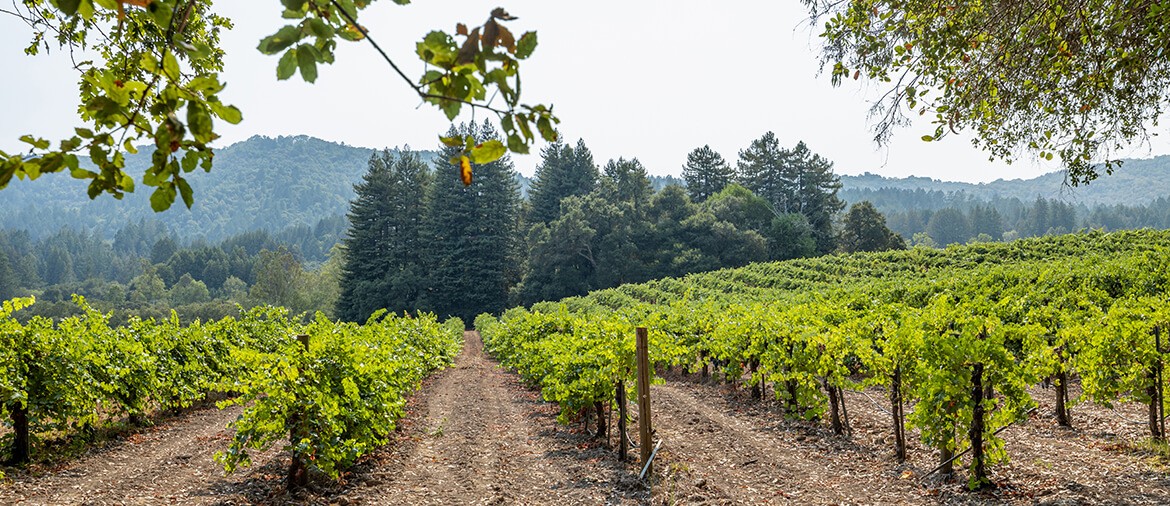 |
| Photo: Shutterstock |
Napa is best known as a booming wine region, serving up some of the top vintages outside of France (and arguably, some of the best wines in the world). The rolling hills and sunny skies make the region a picturesque spot for a quick getaway. And while wine is the main draw, there's plenty to the region worth exploring—all just a two-hour drive north of San Francisco.
Throughout the valley there are a number of towns filled with quaint shops, Michelin-starred restaurants, luxurious hotels, and unique spa experiences. And with over 400 wineries in the region, Napa Valley is definitely a destination worth revisiting again and again. So whether you're looking for a romantic retreat, a getaway with friends, or a trip for the family, there's something for everyone to enjoy, according to Travel + Leisure.
8. Dijon, France
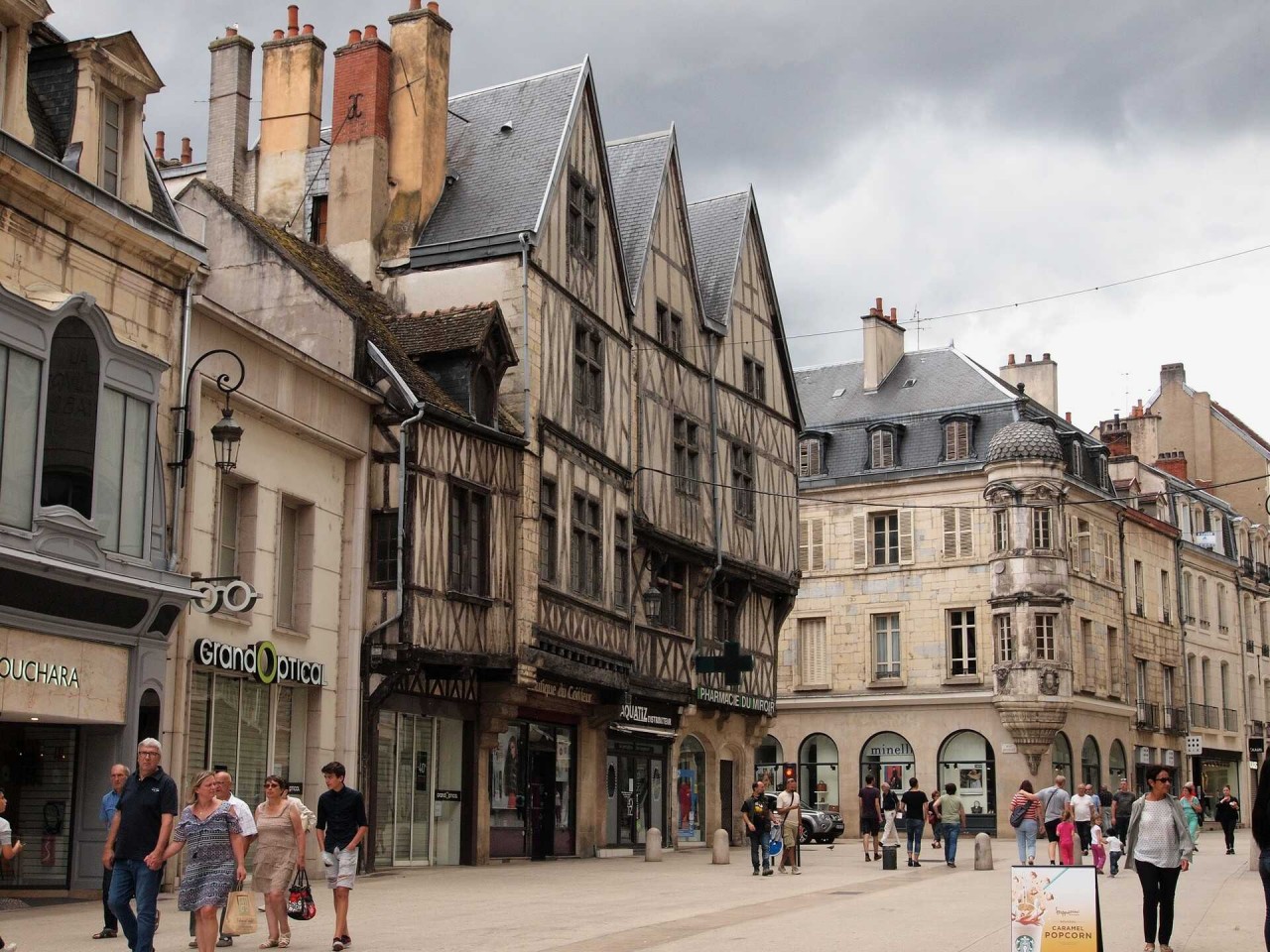 |
| Photo: Erasmusu.com |
A center for culture and business in the Burgundy region of France, Dijon is famous for its mustard, its wines, and its sense of fashion. There are world-class museums to explore, along with unparalleled shopping spots, and hiking trails for outdoor enthusiasts.
With its compact and pedestrian-friendly centre, lively street scene and aesthetically pleasing ensemble of half-timbered houses and polychrome tile roofs, Dijon is one of France's most appealing cities. Filled with elegant medieval and Renaissance buildings that hark back to the city's 14th- and 15th-century heyday as the capital of the Duchy of Burgundy, the historic centre is wonderful for strolling, especially if you like to leaven your cultural enrichment with excellent food, fine wine and shopping.
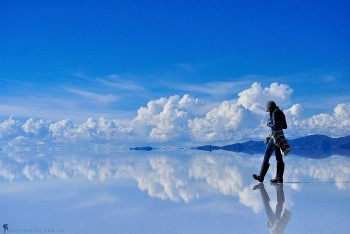 | Discover The Weirdest Places Existed Around The World The Earth is an amazing and strange place with many extraordinary places, and these tourist destinations are the best spots in the world that will ... |
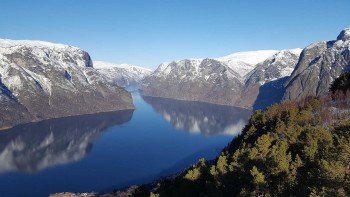 | Norway: Top 10 Tourist Destinations That You Can Not Miss Majestic mountains, peaceful towns, long and challenging hiking routes, Norway is considered an ideal tourist destination for adventurers, aspiring photographers, and people who are seeking ... |
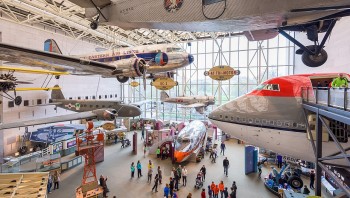 | Top 7 Tourist Destinations That Are Unvailable To Visit In 2022 While many world-famous destinations are expected to welcome visitors back in 2022, some of these are still closed. |
Recommended
 Travel
Travel
Strategies for Sustainable Growth of Vietnam’s Tourism from International Markets
 Travel
Travel
Vietnam Strengthens Its Presence On The Global Tourism Map
 Multimedia
Multimedia
Phong Nha-Ke Bang National Park Named Top Adventure Travel Site
 Travel
Travel
Vietnam Welcomes Record-High Number of International Visitors
Popular article
 Travel
Travel
Luxury Train From Hanoi To Hai Phong To Be Launched In May
 Travel
Travel
Phong Nha Named Top Budget-Friendly Travel Destination for Spring 2025: Agoda
 Travel
Travel
Four Indian Films Introduced to Lao Cai Audience
 Travel
Travel




